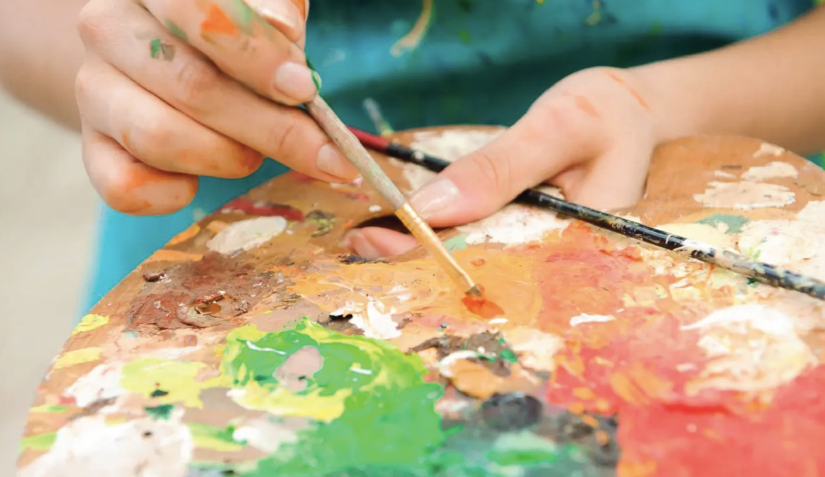By: Lishamarie Hunter
Every day approximately 22 veterans and one additional active duty service member, reservist or national guard member commits suicide. As the conflicts in Afghanistan and Iraq come to an end there is a growing awareness over veterans and their treatment. The Veteran’s Affair is the largest healthcare system in the United States.
According to Congressional Research Services reported the raise in PTSD among Operation Enduring Freedom and Iraqi freedom veterans. Combat is the leading cause of PTSD among males, military sexual trauma (MST) is the leading cause among females.
What does PTSD look like clinically: re-experiencing, avoidance, numbing and hyper-vigilance? Re-experiencing includes night terrors, flashbacks, and frightening thoughts. Avoidance manifests as avoiding places, events or objects that brings back memories of the traumatic events. Emotional numbing, guilt, depression losing interest in hobbies and activities and and having difficulty remembering details of the traumatic events is a symptom of the numbing process. Hyper-vigilance is the most common of the symptoms starling easily, angry outbursts, anxiety and trouble sleeping. These behaviors are typical following a traumatic event and lasts for a short period of time. When these behaviors become chronic the individual develops PTSD. Often times people who suffer from PTSD experience substance abuse, alcoholism, depression, aggression, divorce, homelessness, and suicidal ideation.
Preferred treatment within the VA healthcare system is Cognitive Behavioral Therapy (CBT). CBT is individualized counseling which includes Cognitive Processing Therapy and Prolonged Exposure therapy. The goals for these approaches is reduce the symptoms of PTSD. They help to isolate the trauma and help to manage the variety of symptoms the individual is experiencing. It helps the individual reconnect to their beliefs and helps to manage their emotions. The goal is to reduce negative responses attached to the events.
Recently the VA Healthcare system has taken a more holistic approach to veterans mental healthcare. Clinics within the system are promoting mindfulness classes: yoga, tia chi, meditation and art therapy. Art therapy is less known and not much research has been done on the benefits.
How is art therapy used? What is the purpose of using art therapy in the treatment of mental health issues?
Art therapy explores feelings, resolves emotional conflicts, enhances self- awareness helps to manage behavior and addiction. Various art forms like painting in a group setting provide the individual with a safe environment to express feeling through the non verbal Meduim, while being in a supportive community. The art therapy session is broken down into three parts. The beginning is allotted to checking in, this establishes a emotional starting point for the veterans. The second segment provides an artistic prompt and the individuals are involved in producing artwork. The final stage is bringing in all together, sharing feedback regarding the artwork. A number of activities are included in the application of art therapy. The purpose of the process is to allow the individual to manage emotions and process the trauma.
Popular activity in art therapy is drawing. Drawing pictures expressing their inner thoughts and then sharing their interpretations of the images created. Another avenue in use is photography, while taking the picture the person visually captures a moment in their life and they form emotions to their daily activities. Art is more than drawing.
Art therapy utilizes painting, dance, poetry, writing and sculpting. Although the use of art therapy is new in the United States it does have a successful history in the United Kingdom and has been used since 1942 when it was used by a WWI official war artist, Adrian Hill.
The VA healthcare system has realized that a veterans mental healthcare needs a multi pronged approach. They are getting away from the medications and the traditional CBT approaches finding that veterans are having more success with a more holistic and well rounded healing processes. Art therapy can be a part of that.
Explore more articles from VOM Magazine here: https://www.veteransoutreachministries.org/vom-magazine/




